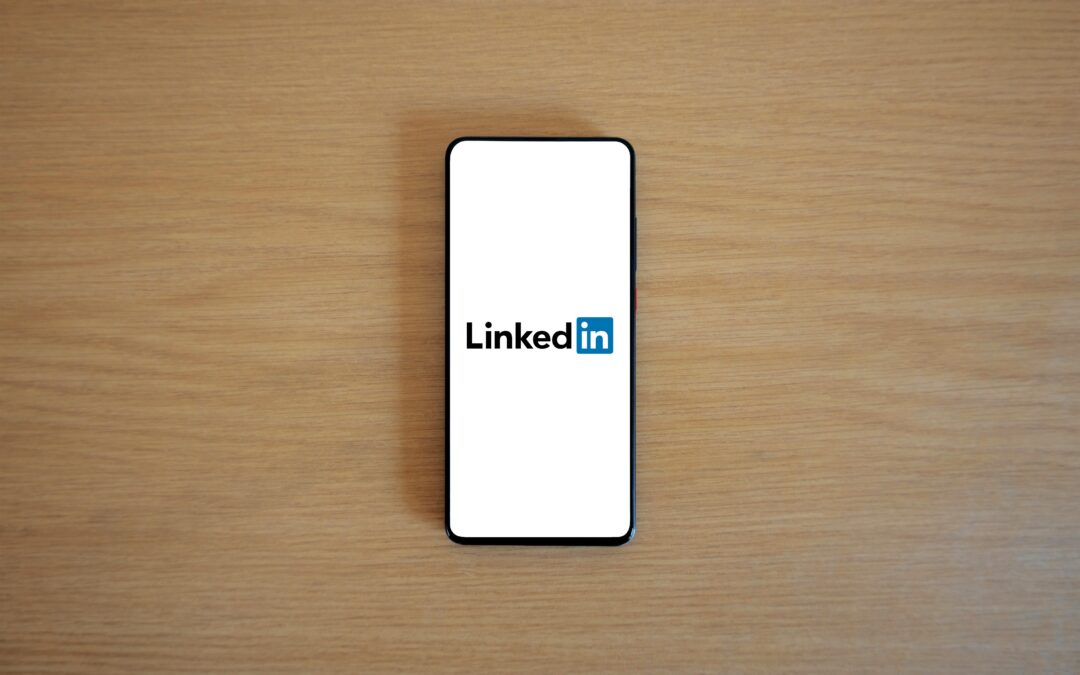In today’s digital landscape, social selling has become an essential component of any successful marketing strategy. As a business owner in Chicago, you’re likely no stranger to the importance of leveraging social media to reach new customers and grow your revenue. One platform that stands out from the rest is LinkedIn, with its vast network of professionals and businesses. In this post, we’ll explore the best practices for social selling on LinkedIn and provide you with actionable tips to help you build relationships, generate leads, and drive sales.
(Building Authority with LinkedIn Content Marketing)
To get started with social selling on LinkedIn, you need to understand the platform’s unique features and how they can be leveraged to achieve your goals. LinkedIn is a professional network, so the content you share should be informative, relevant, and valuable to your target audience. The platform’s algorithm prioritizes content that sparks meaningful conversations and engagement. By creating a strong profile, engaging with your target audience, and sharing valuable content, you can position yourself as a thought leader in your industry and build a network of potential customers who are more likely to convert into leads.
Building a Strong LinkedIn Profile
Your LinkedIn profile is the foundation of your social selling strategy. It’s often the first impression potential customers will have of your business, so it’s essential to make it count. A strong profile should include a professional profile picture and header image that reflects your brand’s identity. Your headline should clearly state your profession or business, and your summary should showcase your expertise, services, and unique value proposition. To make your profile stand out, consider including the following elements in your summary:
- A clear and concise overview of your services or products
- Your unique value proposition and what sets you apart from competitors
- Relevant keywords to improve visibility in LinkedIn searches
A well-crafted summary will help you establish credibility and trust with your target audience. It will also help you differentiate yourself from competitors and establish a strong online presence.
Creating Engaging Content
Content is king when it comes to social selling on LinkedIn. To build relationships and generate leads, you need to create content that resonates with your target audience. This can include industry insights and news, thought leadership pieces, and behind-the-scenes glimpses into your business or company culture. You can also utilize LinkedIn’s built-in features, such as polls and questions, to spark conversations and encourage engagement. By sharing a mix of promotional, educational, and entertaining content, you can keep your audience engaged and build a loyal following.
To create engaging content, you need to understand what your target audience is interested in and what type of content they engage with. You can use LinkedIn’s analytics tools to track your performance and adjust your content strategy accordingly. This will help you refine your content and ensure that it is aligned with your target audience’s needs and interests.
Engaging with Your Audience
Engagement is a two-way street on LinkedIn. To build meaningful relationships with your target audience, you need to be active and responsive. This means responding to comments and messages in a timely and professional manner, using LinkedIn’s messaging feature to start conversations with potential customers, and participating in relevant LinkedIn groups to establish yourself as a thought leader. By being authentic and genuine in your interactions, you can build trust and credibility with your target audience.
Some key benefits of engaging with your audience on LinkedIn include building trust and credibility, generating leads, and driving sales. By engaging with your audience, you can establish yourself as a trusted authority in your industry and build strong relationships with potential customers.
Measuring Success and Optimizing Your Strategy
To get the most out of your social selling efforts on LinkedIn, you need to track your performance and adjust your strategy accordingly. This means monitoring your engagement metrics, such as likes, comments, and shares, as well as your lead generation metrics, such as conversions and sales. You can use LinkedIn’s analytics tools to track your performance and gain insights into what’s working and what’s not. Some key metrics to keep an eye on include engagement metrics, lead generation metrics, and profile views.
By tracking these metrics, you can gain a deeper understanding of your performance on LinkedIn and make data-driven decisions to optimize your strategy. This will help you refine your approach and ensure that you are getting the most out of your social selling efforts.
Conclusion
By following these best practices and staying focused on your goals, you can unlock the full potential of social selling on LinkedIn and drive real results for your Chicago business. If you have any questions about social selling on LinkedIn or would like to learn more about how Proctor Digital can help you achieve your goals, contact us at 773-664-5819 and speak with one of our associates

